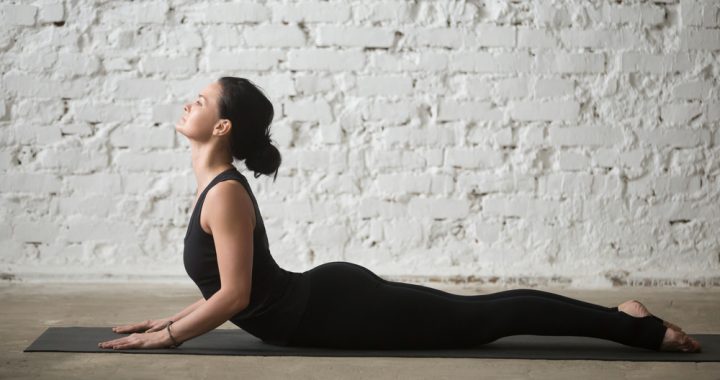These are the yoga positions for beginners that will help you discover the first benefits of an age-old discipline
Don’t worry; it’s never too late to start practising yoga since you will always find a way to adapt yoga positions to your body and your age. In fact, if you’ve come across this post, it means you’re curious and interested in starting to practise yoga.
In this sense, you’re in the right place because we’ve selected yoga positions for beginners that will help you discover the world of yoga, with simple positions and smooth movements that anyone can do.
Before we start explaining each position, we need to tell you that yoga positions are called “asanas” and are meant to affect the body and the mind. Now that you know that, let’s start with the yoga positions for beginners we’ve selected.
Positions to start practising yoga
Pati Peguero, training coordinator at YogaOne centres, recommends a series of yoga positions. Each of them pursues a specific goal. You can hold each of these positions for 30 to 60 seconds.
-
Tadasana (mountain position)
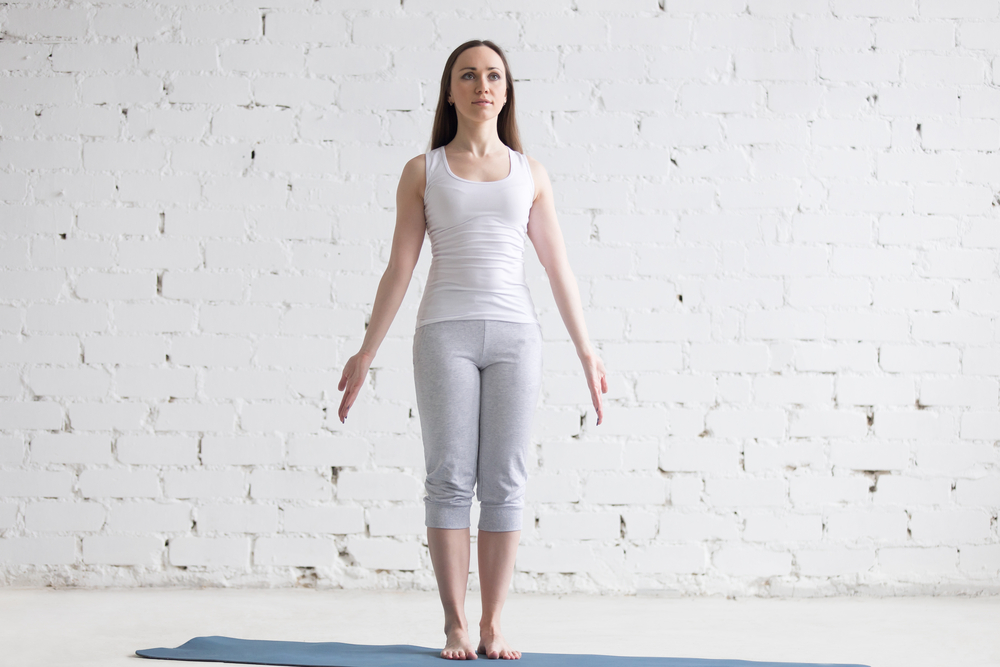
Stand with your feet under your hips, stretch your arms and point your fingers towards the ground. Look for a comfortable and stable position with both your feet and your upper torso. Expand your chest and tuck your belly in without arching your back. Once you’re comfortable, gently breathe in and out, feeling the position.
-
Bhujangasana (cobra position)
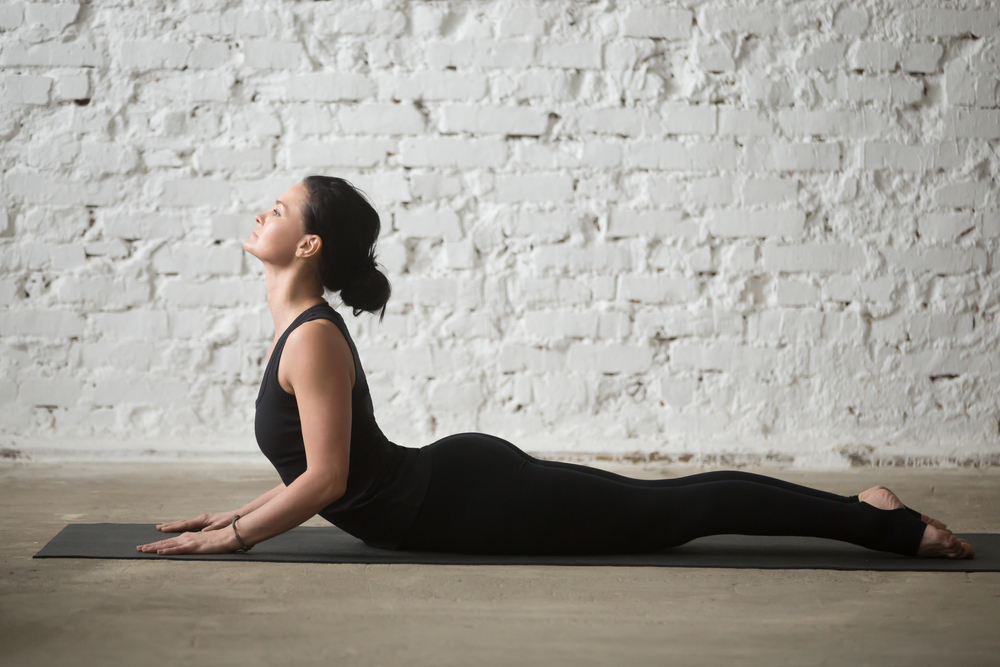
To do this asana, start face down with fully stretched legs and feet, palms touching the ground just below your shoulders and your arms next to your body (next to your ribs). Once you’ve got the initial position, the next step is to raise your chest with the help of your hands little by little, bringing your shoulders back and chest forward. Hold the position for 5 breaths and return to the starting position.
For this yoga position, you need to know where your torso elevation limit is because you could suffer a lumbar injury. Avoid fully stretching your arms too because your hip will no longer be touching the ground, as well as bringing your shoulders away from your ears and always relax them.
-
Paschimottanasana (seated forward bend)
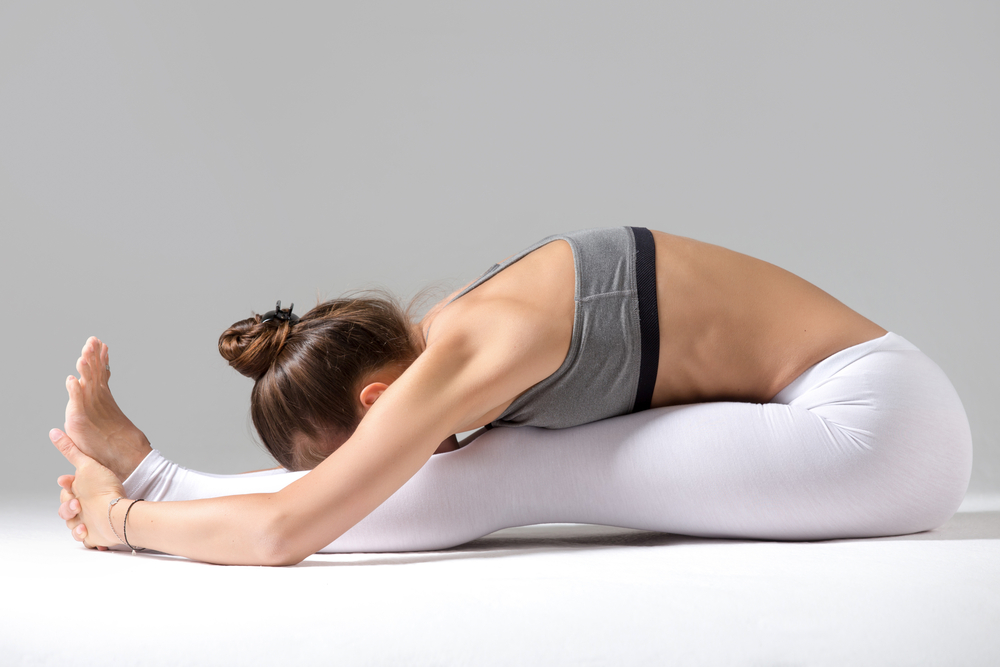
After doing the cobra position, because it is a backward bend, you should continue with a forward bend to compensate. In this case, you can do the Paschimottanasana. To begin, you should sit with stretched legs and a straight back (as if there was a wall just behind you). If you aren’t comfortable in this position, we recommend you sit on a block that’s a few centimetres high to find an adequate position.
If you can’t touch your feet, you can use a strap and place it on the bottom of your feet and hold each end in your hands. If you can touch your feet with your hands, then you don’t need to use it. Next, lean forward with your torso, touching your legs with your belly first and keeping your back straight, breathe in and finally, touch your legs with your chest.
-
Ardha Matsyendrasana (half spinal twist)
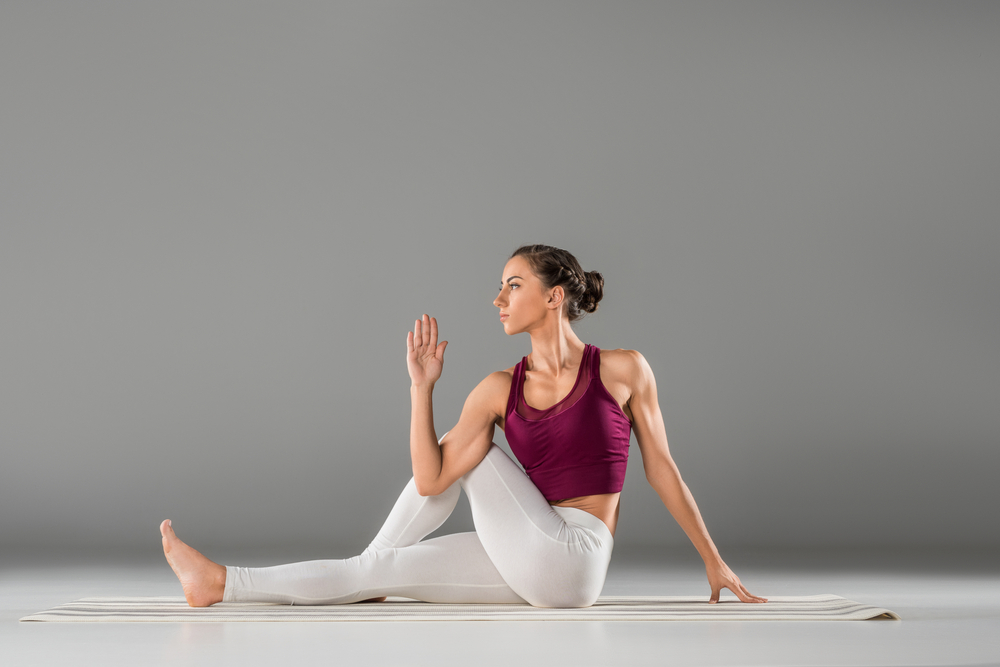
You can work on a sitting twist with this position. The initial position is sitting on the floor with your legs stretched out. Then bend one knee and place your foot on the other side of the stretched leg, place your arm around the outer side of your knee, twist your back towards the opposite side and rest the other hand on the floor as you can see in the picture.
-
Sukhasana (easy position)
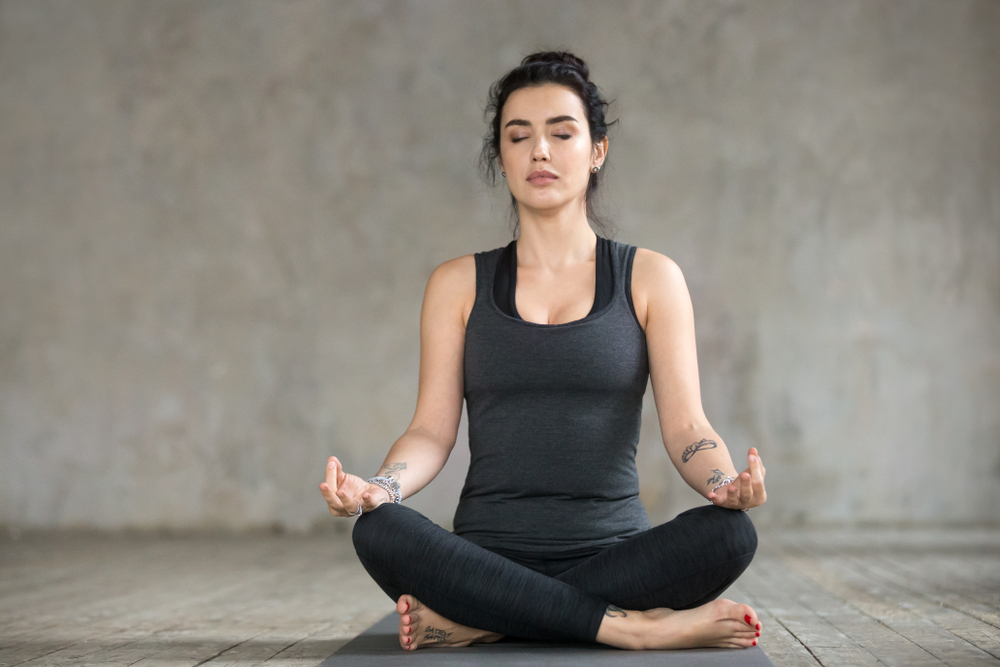
This position is ideal for meditation. First of all, sit on the floor (or on a block) and stretch your legs out. Then bend your knees and place each foot under the opposite calf and then gently rest your hands on your knees. Once in this position, stretch your neck, raise your head and keep your chest pointing forward. Breathe out while keeping your shoulder blades pointing towards the centre of your back. Maintain this position breathing slowly and deeply.
-
Savasana (corpse position)
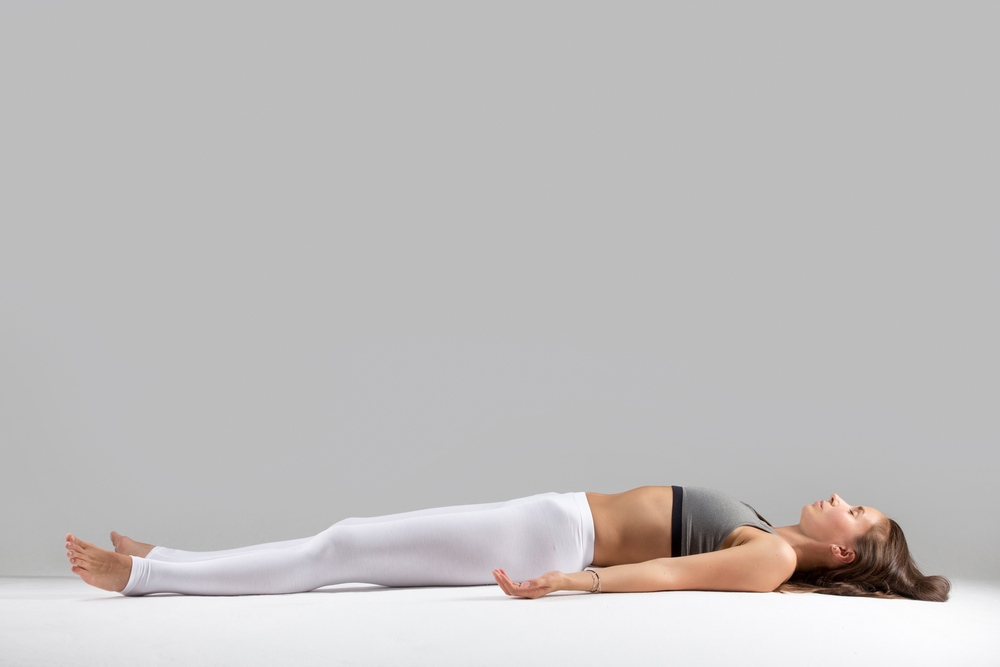
The last position we propose is a relaxing one. It’s called Savasana, where you lie still and stretched on the floor while relaxing your muscles. All you have to do is lie on your back with a straight spine, arms slightly apart and palms facing up. You have to close your eyes and focus on your breathing to release tension.
You can now try your yoga positions for beginners on your own, but there’s nothing like having a yoga instructor help you to explain each of the positions step by step and adapt them to your needs. At our YogaOne centres, we offer introduction yoga classes that are adapted to beginners. Come and try a free class today at any of our YogaOne centres. Download your invitation here.
